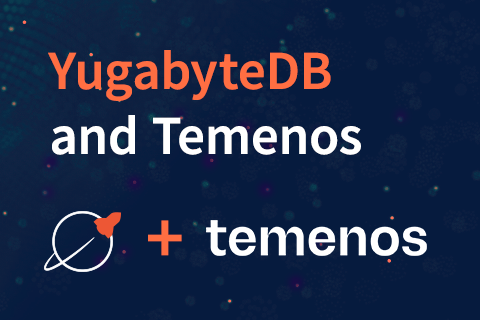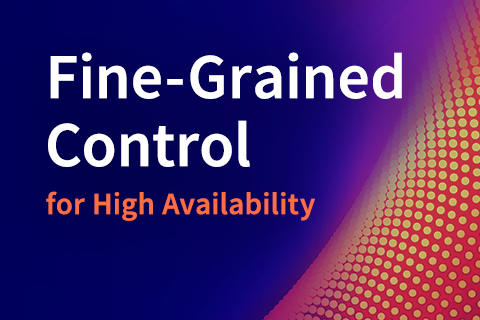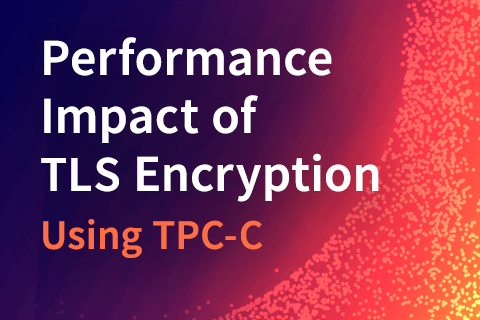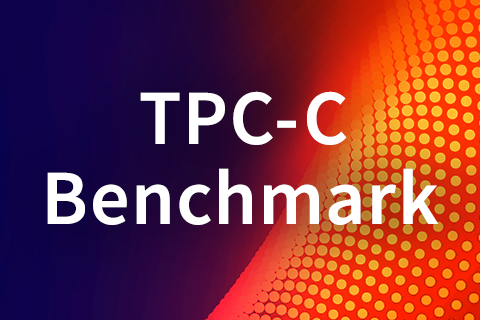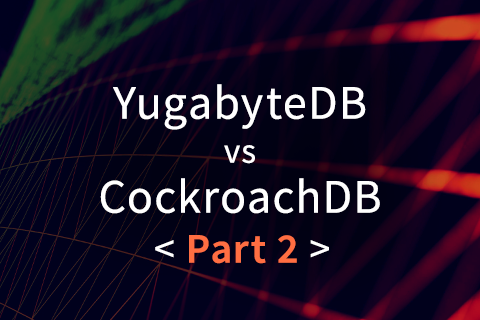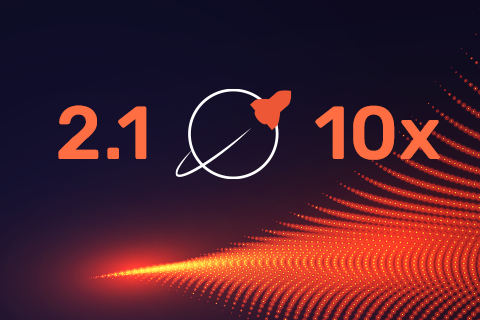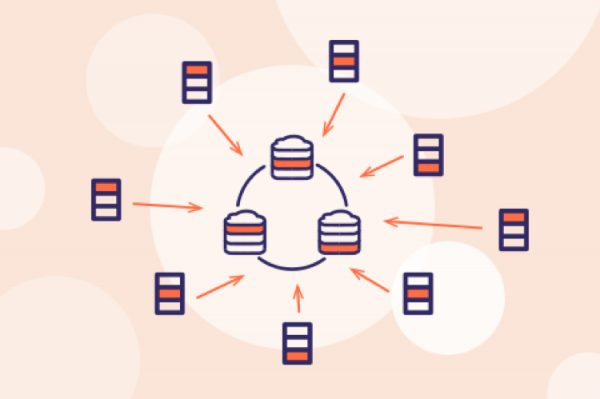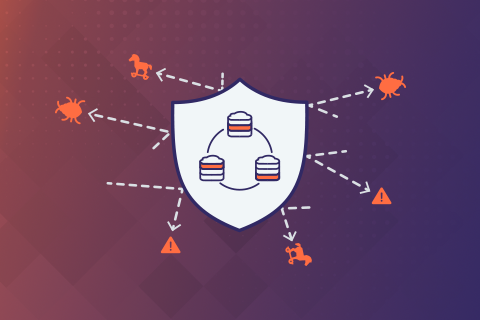How YugabyteDB Scales Temenos’ Cloud Platform to 100K Business Transactions Per Second
Temenos could not continue to rely on monolithic databases for manufacturing business operations. They needed a high-availability, scale-out transactional database, so they turned to YugabyteDB. They recently announced that the Temenos Banking Cloud is achieving 100,000 business transactions per second. Learn how that performance benchmark was achieved.
